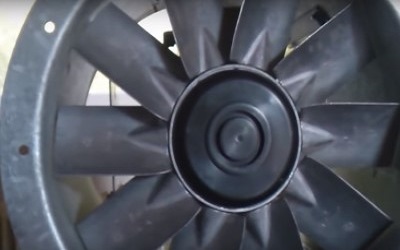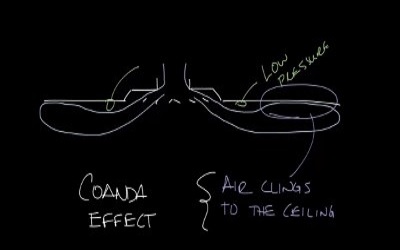How to verify the percentage of outside air in an enclosure
How to verify the percentage of outside air in an enclosure
Australia Standard AS1668.2 stipulates the amount of outside air required for the built environment. After completion, how do we verify the amount of outside air percentage going into any enclosure? The video below will describe the a simple way to calculate the percentage of outside air in an enclosure.
In a nutshell
Using temperature measurement
Percentage of outside air = (Treturn – Tsupply)/(Treturn – Toutside air) x 100
or using ppm reading of CO2
Percentage of outside air =
(CO2return – CO2supply)/(CO2 return – CO2outside air) x 100
Derivation of outside air percentage calculation formula.
For those who is interested the below derivation may shed some light for you.
Percentage of outside air = (RAM – SAM)/(RAM – OAM)
RAM = Return air measured
SAM = Supply air measured
OAM = Outside air measured
The measured properties may be temperature, CO2 content in ppm, mosisture content, flow rates and etc but not pressure, relative humidity nor velocity and etc)
We need to go back to fundamental energy balance, to be
In this instance you will need measured properties for the below
Return air (R)
Outside Air (O)
These two air streams mixes to gives us
Mix Air (M) = Supply Air (S)
Let assign the measured properties as X hence
Xr = measured property of return air
Xo = measured property of outside air
Xm = measured property of mix air
from conservation of mass
Xm.M = Xr.R + Xo.O
and Xm = Xs and M = S
therefore Xs.S = Xr.R + Xo.O
Divide the above formula with S
therefore Xs = Xr.R/S + Xo.O/S
and assign
fr = R/S and fo = O/S into the formula
therefore Xs = Xr.fr + Xo.fo
We know that S = R + O => 1 = R/S + O/S = fr + fo
therefore fr = 1- fo
so Xs = Xr.fr + Xo.fo will become
Xs = Xr.(1-fo) + Xo.fo
Xs = Xr – Xr.fo + Xo.fo
Xr – Xs = fo.(Xr – Xo)
therefore fo = (Xr – Xs)/(Xr – Xo)
What is the limitation of this outside air calculation percentage?
Conservation of mass (or energy) in ideal situation, in reality and site conditions, there will be may factors that will affect the results. Watch the complete video it covers some of the other limitations as well.
Related
Read more: Fan wall
Read more: How to verify the percentage of outside air in an enclosure
Read more: BCA Part J5 Air-conditioning system control
Read more: Microbial Induced Corrosion (MIC) in Pipes
Read more: Is your kitchen exhaust system a fire hazard
Read more: What is coanda effect













